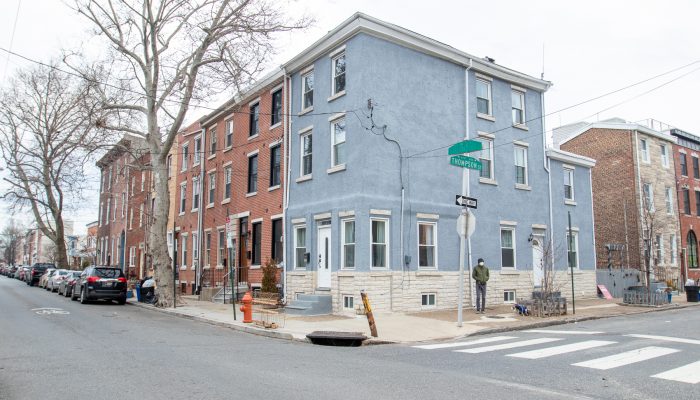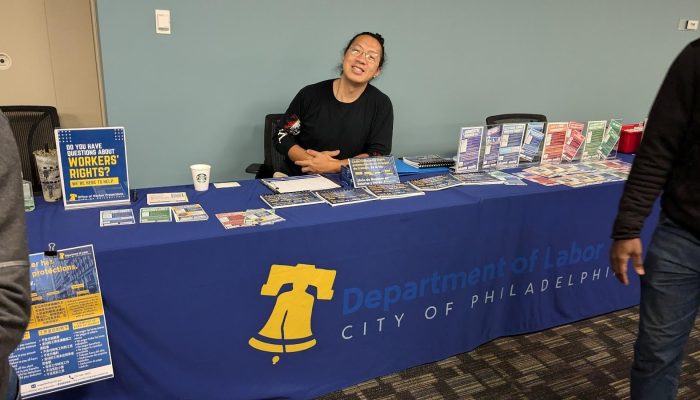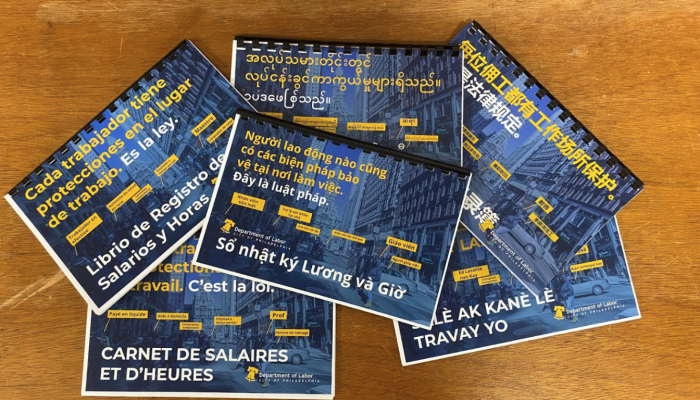The COVID-19 pandemic has been devastating for Philadelphia workers. The state and federal government responded quickly with COVID-19 relief programs — like stimulus checks and expanded unemployment compensation — to sustain the livelihood of families and the economy in order to survive the impact of a global pandemic. However, these critical benefits had exclusions and some of the families who needed relief the most were left out such as factory workers, domestic workers and caregivers, home health aids and food workers. Many of these programs also expired far sooner than the negative economic impact of the pandemic had expired for some of these workers and their families.
The Philadelphia Worker Relief Fund was the City’s first cash assistance program created in an emergency response to the exclusions in COVID-19 relief programs. With the generous support of local and national philanthropy, the City partnered with trusted community-based organizations to distribute over $2.2 million in $800 prepaid cards to over 2,820 families during the pandemic.
A report was published to capture the design and results of the Philadelphia Worker Relief Fund. Key highlights are below.
Who received funds?
Funds were distributed through a network of community-based organizations with deep relationships and strong community trust. With their help, we were able to quickly reach workers who had been excluded from state and federal aid. Nearly all of the Worker Relief Fund recipients were people of color—around 95 percent in the first year of distribution and 99 percent in the second.
More than fifty percent of awardees were women, and more than two-thirds had three or more people in their household. We also reached low-income individuals, with more than 70 percent of recipients reporting a household income of less than $20,000 a year.
How did people spend the funds?
We were able to receive de-identified transaction data to better understand how recipients spent the money they received. Cash withdrawals increased over the distribution periods. Overall, more than 60 percent of all funds were withdrawn in cash, suggesting recipients had a preference or need to use cash for purchases. For the other 40 percent of funds, recipients spent the money directly from the prepaid debit card. For these transactions, we were able to see the categories of merchants where the transactions were made. By far the largest category was grocery stores and supermarkets, with over 30 percent of all funds spent there. The next largest categories were: discount, wholesale, and department stores, clothing and shoe stores, personal goods and pharmacies, and restaurants, bakeries and fast food.
What’s next?
The Worker Relief Fund helped the City to enhance partnerships with community-based organizations that we will build on for future programs and for longer-term engagement on workers’ rights and other issues.
The Fund also showed us that, when given the flexibility to make their own decisions about how to spend cash relief, people make decisions based on what the most urgent needs are for their families. Based on the success of the Worker Relief Fund, Mayor Kenney joined Mayors for a Guaranteed Income to advocate for cash assistance programs and to learn from a network of cities across the country that are invested—like we are—in identifying the most effective ways to deliver cash assistance.




